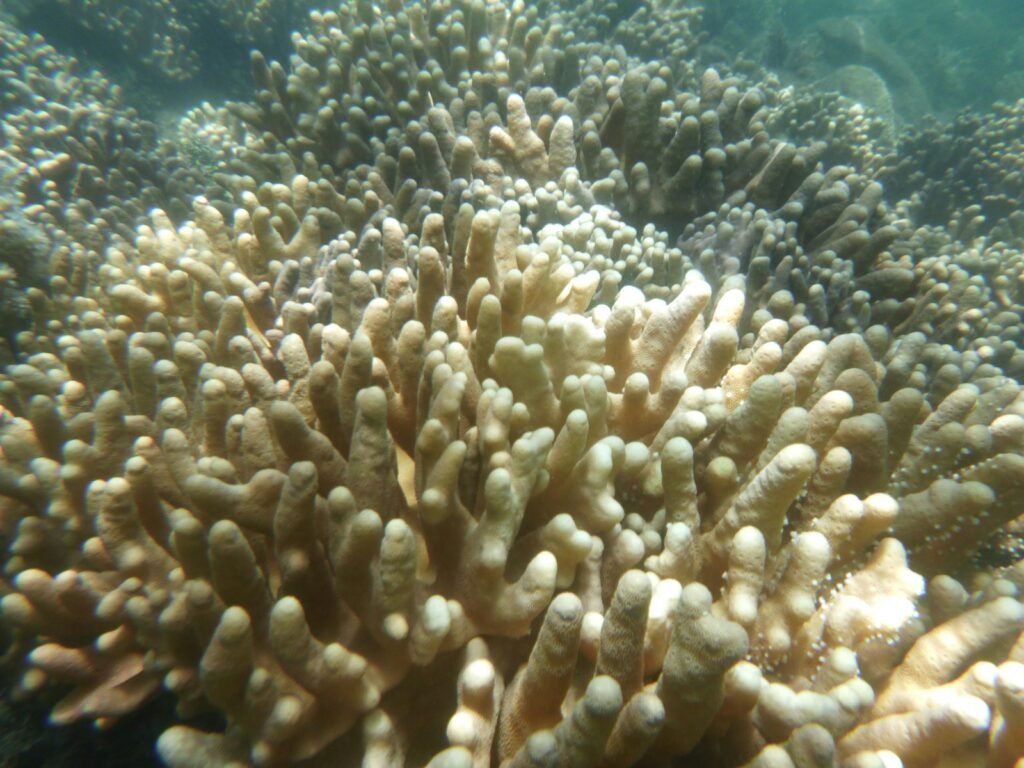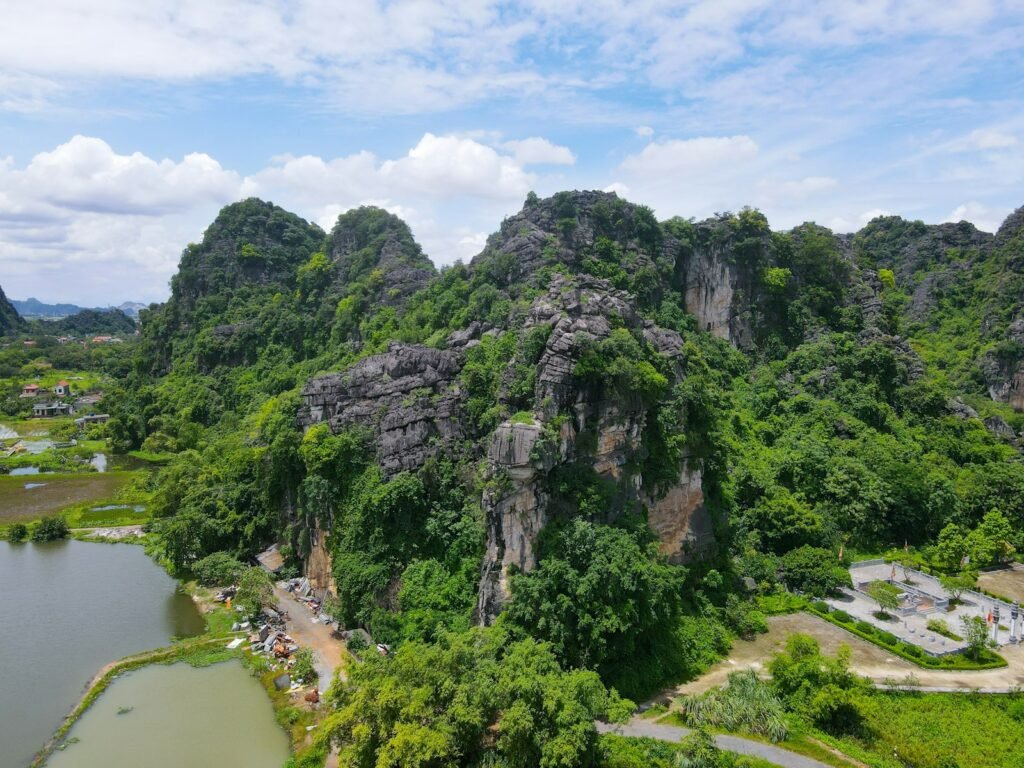On a windless morning off Islamorada, the reef looks like it’s holding its breath. Fish still flicker through the water column, but the corals below have lost their color and, with it, their margin for error. ’s reefs are again riding the razor’s edge between survival and collapse, as ocean heat stacks up earlier and lasts longer than it used to. NOAA’s latest assessments don’t bury the lede: stress has been high, recovery windows are short, and management is shifting from rescue to triage. The question now isn’t whether bleaching will come, but how much heat the reef can survive and how fast we can help it rebuild.
The Hidden Clues

Bleaching often begins quietly: a pastel fade around the edges of a brain coral, a ghostly pallor across once-vivid elkhorn. Divers call it “paling” – the warning light before the engine seizes – and it’s the first sign that heat is interrupting the algae–coral partnership that keeps colonies alive. At sites like Cheeca Rocks, NOAA teams watched that subtle fade turn into a blank canvas during the record marine heat of 2023.
That summer delivered extreme heat stress, culminating in a complete bleaching at Cheeca Rocks – a place long treated as resilient. The message was blunt: even ’s tough inshore reefs aren’t invincible under extreme heat. Those observations have shaped this year’s watch, telling managers where stress tends to spike first and where to stage response gear before trouble crests.
Heat on the Reef: 2024–2025 at a Glance

By late September 2025, NOAA’s Coral Reef Watch flagged the Keys at Alert Level 2 – its highest tier – meaning significant bleaching and mortality were likely. Degree Heating Weeks, a cumulative measure of heat stress, crossed the threshold that historically correlates with severe impacts. Early October reportedly brought a slight reprieve, with the Keys easing back to Watch status as temperatures ticked down.
That wobble doesn’t erase the risk: accumulated stress lingers in coral tissues like a marathon run in the legs, leaving colonies vulnerable to disease and starvation. Managers are treating these brief cool spells as pit stops rather than a finish line. It’s a fragile lull, not a reset, and the program’s gauges will stay front and center through fall.
From Ancient Tools to Modern Science

For decades, reef “health checks” relied on rulers, slates, and patience – divers laying out tapes, counting fish, and sketching bottom cover. Today, that field craft is paired with satellites, photomosaics, and high-frequency sensors that read metabolism like a heart monitor. NOAA’s Atlantic lab even deployed a Benthic Ecosystem and Acidification Monitoring System at Cheeca Rocks, tracking calcification versus erosion over weeks of peak summer stress.
The national program also sharpened its 2025 Atlantic field protocols – standardizing how scientists record benthic communities so trends are apples-to-apples across years and jurisdictions. Add NOAA’s new NCRMP data portal, and the result is a living dashboard: coral cover, fish biomass, carbonate chemistry, and human-use indicators accessible to managers and the public. It’s not just more data; it’s faster, cleaner context when decisions can’t wait.
What NOAA’s Latest Assessments Show

Step back from the weekly heat maps and you see a sobering baseline. NOAA’s ecosystem status dashboard rates ’s coral reef system as impaired overall, with only a few indicators meeting their reference values. The composite score sits in the high sixties – a numeric way of saying the reef’s bank account is low before the next storm withdraws more.
Break the score apart and a pattern emerges: benthic communities are only fair, fish communities are fair, and the climate indicator is impaired, reflecting elevated temperatures and acidification pressures. Human connections, from education to management capacity, also sit in the impaired range, underscoring the social side of reef resilience. It’s a ledger of stressors that aligns with what divers see on the bottom.
Why It Matters

Coral reefs are ’s submerged levees and living breakwaters, blunting storm surge while supporting tourism and fisheries that anchor local jobs. When corals bleach and die, that three-dimensional habitat flattens, turning vibrant cities into vacant lots for fish and invertebrates. Shorelines then shoulder more wave energy, and communities pay the bill through erosion, flooding, and lost revenue.
There’s also a timing trap at work. Heat now arrives earlier, stays longer, and returns more often, leaving corals less time to rebuild energy reserves between hits. NOAA’s long-view indices and near-real-time alerts combine to show not just the pulse of emergency but the chronic illness behind it. The value of those signals rises as the recovery windows shrink.
Global Perspectives

’s story is part of a planet-scale event. Since early 2023, NOAA has confirmed a fourth global bleaching episode, with heat stress sweeping reefs across the Atlantic, Pacific, and Indian basins. The agency’s monitoring shows unprecedented exposure in many regions, driven by ocean warming layered over natural climate cycles.
In practical terms, that means there are fewer safe harbors and fewer years when can count on cooler currents for relief. Lessons from other hot spots – what survived, what didn’t, and why – now feed directly into ’s playbook. This is a shared crisis with shared intelligence, and agencies are leaning on that exchange.
The Future Landscape

Policy is moving alongside science. NOAA finalized the Restoration Blueprint for the Keys National Marine Sanctuary in December 2024, that lock in new protections and restoration strategies. The plan reshapes zones, tightens rules in sensitive areas, and creates space for large-scale reef rebuilding where the biology still gives us a fighting chance.
Expect triage to guide investments: protecting heat-tolerant genotypes, safeguarding herbivores that keep algae in check, and prioritizing sites with the best odds of net growth. Forecast-informed management – using NOAA outlooks to time outplanting, shade trials, or even temporary closures – will become standard practice. It’s a more surgical approach because blanket fixes won’t cut it anymore.
The Hidden Clues, Revisited

One quiet shift is how managers read the reef’s metabolism. Sensors like BEAMS reveal whether a site is building limestone faster than it dissolves it, an early indicator of resilience that your eyes can’t easily catch. Marrying that with photomosaics gives a before-and-after map of each colony, not just the percentage cover on a clipboard.
This is how you spot the sleepers – the patches that look modest but still calcify through warm spells, or the ones that collapse even when cover seems stable. In a world of recurrent heat, those metabolic breadcrumbs are the difference between restoration that sticks and restoration that melts away. The next decade will reward that kind of nuance.
What You Can Do Now

If you dive or snorkel, log what you see with local networks and NOAA’s reporting channels; absence of bleaching is useful data, too. Support projects that protect herbivorous fish and reduce land-based pollution, both of which boost coral recovery after heat waves. If you own a boat, anchor on sand or moorings and steer clear of contact with living corals – small choices add up on crowded reefs.
On land, back policies that cut nutrient runoff and accelerate clean energy, because less heat and clearer water are the only true long-term cures. If you donate, prioritize groups collaborating directly with NOAA and sanctuary managers so fieldwork and data feed the same decisions. In a heat-limited future, coordination is the currency that buys reefs time.

Suhail Ahmed is a passionate digital professional and nature enthusiast with over 8 years of experience in content strategy, SEO, web development, and digital operations. Alongside his freelance journey, Suhail actively contributes to nature and wildlife platforms like Discover Wildlife, where he channels his curiosity for the planet into engaging, educational storytelling.
With a strong background in managing digital ecosystems — from ecommerce stores and WordPress websites to social media and automation — Suhail merges technical precision with creative insight. His content reflects a rare balance: SEO-friendly yet deeply human, data-informed yet emotionally resonant.
Driven by a love for discovery and storytelling, Suhail believes in using digital platforms to amplify causes that matter — especially those protecting Earth’s biodiversity and inspiring sustainable living. Whether he’s managing online projects or crafting wildlife content, his goal remains the same: to inform, inspire, and leave a positive digital footprint.




